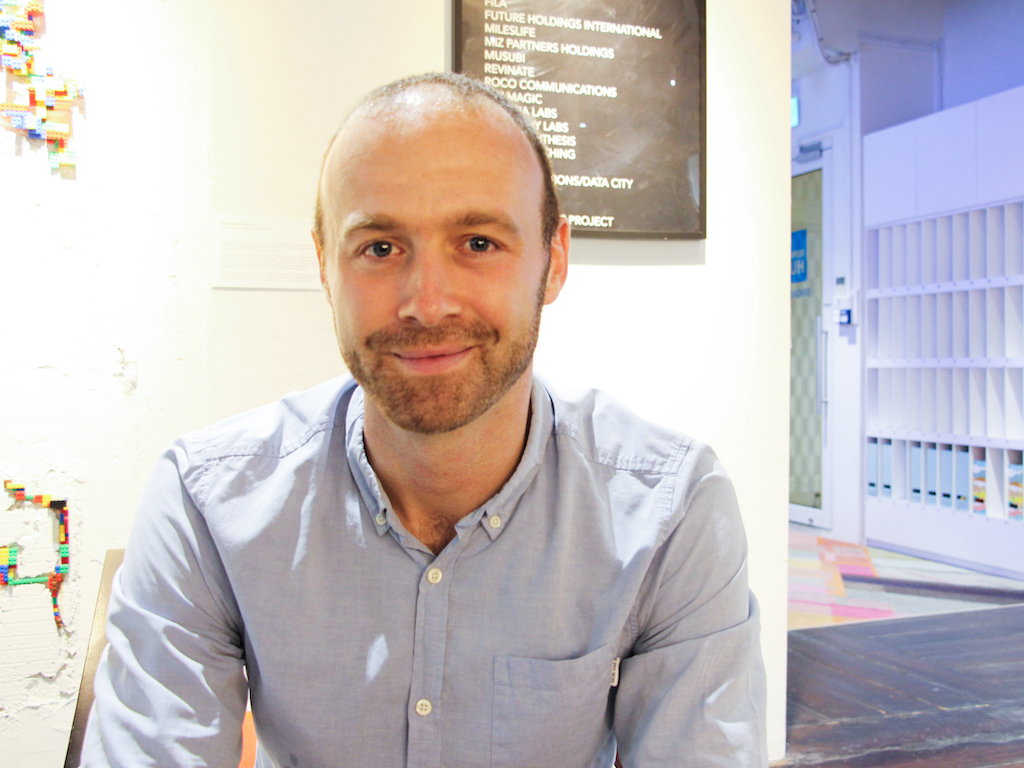‘The Responsibility To Lead Change Falls To Governments and Business Groups, Not Consumers’ – Q&A w/ Muuse CEO Jonathan Tostevin
7 Mins Read
An interview with Jonathan Tostevin, CEO of Muuse, one of Asia’s leading reusable packaging startups on the company’s biggest wins, the importance of regulation and the economics of reuse.
As of 2022, Muuse‘s data-driven cup and lunchbox reuse systems are present in Singapore, Hong Kong and Toronto. The company is on a mission to eliminate single-use waste and has so far diverted over 70,000 items from landfill, thanks to solutions such as city-wide cup sharing. Its customers, which include corporates, universities and large-scale events and festivals, can join its software platform and run their own reuse systems. According to Muuse, its reuse cup solutions reduce carbon emissions by 50% compared to single-use paper-board coffee cups (with either a PET or PLA lining).
He talks to Green Queen‘s Sonalie Figueiras about where the company wants to be in five years, the biggest challenges facing reuse models, the importance of a data-centric approach, and whether reuse can ever be the norm.
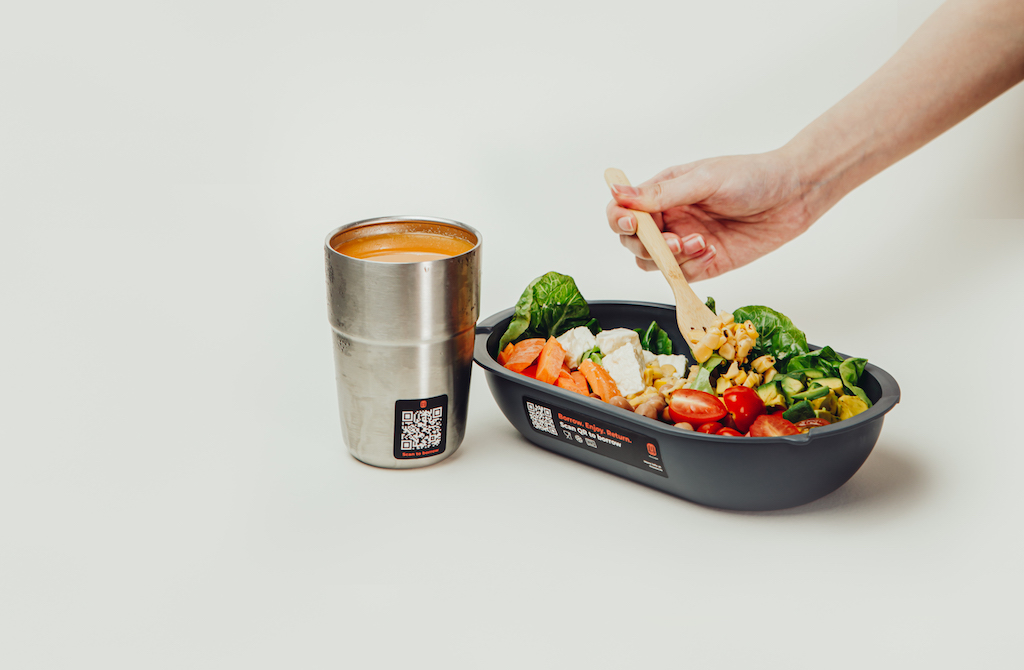
What is the Muuse mission? Where are you looking to be in five years?
Jonathan Tostevin: Our mission is to end single-use waste. We want to enable the reuse economy through a smart, accountable, convenient platform that enables any item to be reused and circulated throughout cities. In practice, that means expanding our smart, IoT packaging across the F&B economy and into other sectors, and building out our digital and physical infrastructure city-wide, so that any item can be reused, and returned anywhere.
What have been some of your greatest wins over the past few years?
Jonathan Tostevin: So far, we’ve saved 70,000 single-use cups and containers from landfill through our reusable systems. We partnered with Starbucks in Singapore earlier this year to provide reusable returnable cups to their customers. This was the first time we’d opened up our platform to customized packaging (i.e. Starbucks branded cups) reused through the Muuse platform, which signals the direction we want to grow in. We just launched our first partnership with a hawker centre in Singapore, which is really exciting for us, bringing reuse into everyday eateries. In Hong Kong, we’re really proud of our reuse system with Swire Properties at Taikoo Place, saving over 15,000 single-use cups from landfill so far. We’re expanding more across our markets next year, and have some exciting projects and partnerships lined up.
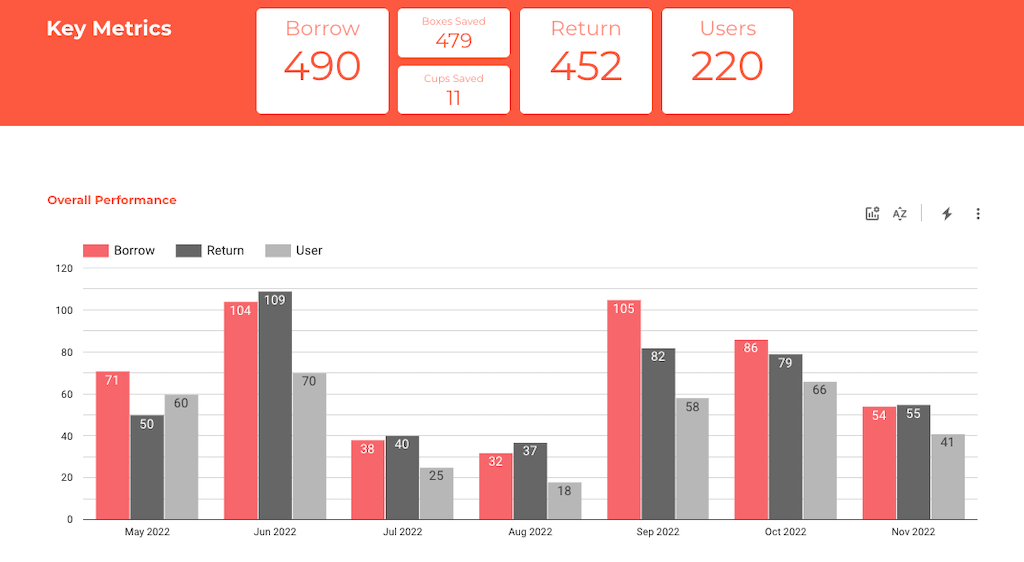
You are present in 3 very different cities. Are there some local market specifics that require changes to your model?
Jonathan Tostevin: We launched Muuse in Canada earlier this year. It’s been interesting to see that consumers there are further along in their understanding and actualisation of sustainability issues than over here in Asia. It certainly makes it easier to communicate our programme when we don’t have to do as much educating about the overall waste and environmental issues. That said, I think the consumers in Asia are more open to change and technology, and there’s a very innovative F&B culture here. Overall, I’d say there’s probably more difference within markets rather than between them.
Regulation and the government environment are really important market specificities. In Hong Kong, we’re already starting to see the impact of the upcoming ban on dine-in tableware, with a significant increase in inquiries from corporates and F&B brands looking for alternatives.
What are the biggest challenges when it comes to the reuse model?
Jonathan Tostevin: Changing behaviours is probably the biggest challenge we face. Most people don’t make a choice about whether they want single-use packaging or not, it’s usually the default, or it’s so inconvenient not to use it that there is no other realistic option.
When we talk about behaviour change, the responsibility for change often gets puts on the consumers. Whilst I believe education is important to make people aware of the economy we’ve created for ourselves, in my opinion, the responsibility falls to governments, together with business groups, to lead the change within our cities. Returning a reusable should be as easy as it is now to dispose of a single-use item. Tax, regulation, and the coordination power of governments are all important levers that can and should be used to enable that.
Can you talk more about the economics of reuse?
Jonathan Tostevin: At the simplest level, we take a higher-value item and, by reusing it over and over again, it becomes more efficient. For example, if we can take a reusable cup or box worth $20 HKD, and reuse it over 20 times, we can create more value than if we use 30 single-use items worth $1 HKD. We aim to use our containers over 100 times each.
That’s why the return rate for reuse systems is really important, to ensure that items come back and are reused over and over again, so that, as well as offering a more sustainable option, we’re able to compete economically as well.
Taxes and single-use charges also help tip the scales further in our favour.
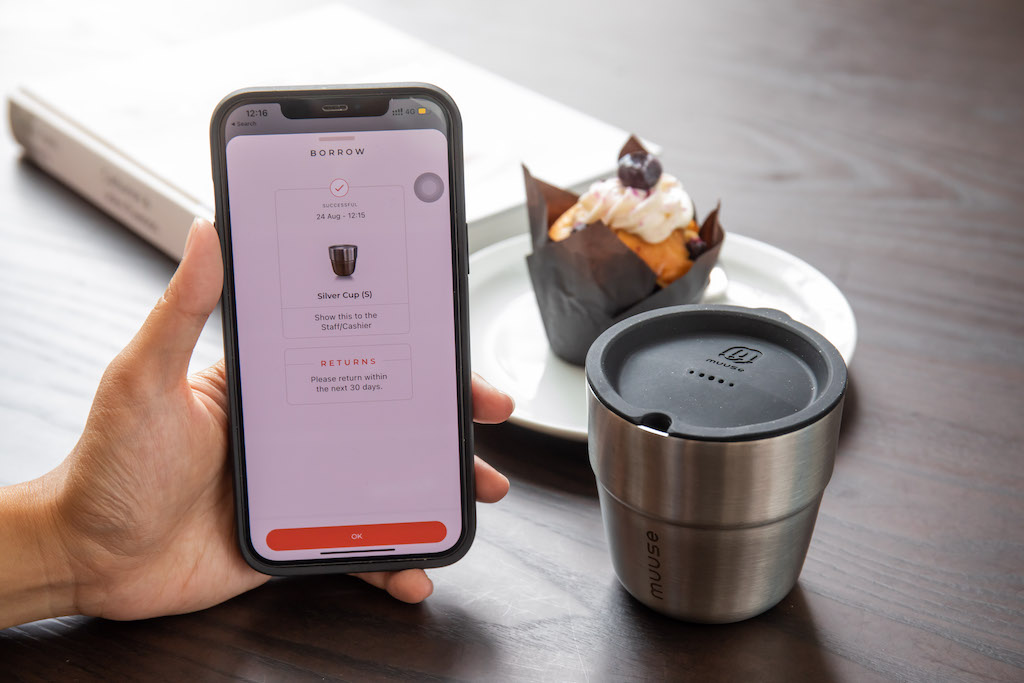
Does having a data-centric approach help with the wins?
Jonathan Tostevin: We think so. By tracking every borrow and return within our system, we’re able to understand our stock flows more effectively and also identify trends within our data. Ultimately, we will build in machine-learning and gamify the service for our customers to improve user experience and optimise our system further. It also allows us to help our clients track their own impact more accurately through a real-time dashboard.
We see this as one of the additional benefits of reuse. We’re not just reducing waste and associated carbon emissions, but also offering higher value packaging and a better takeaway experience for our vendors and their customers – no more leaky soups, soggy chips for instance.
What are some of the best ways to encourage reuse more broadly?
Jonathan Tostevin: Events are a really easy way to start using reusables. It offers a high frequency of usage within a defined space and time. It’s easy for us to manage operationally and people are often more willing to try something new in an event experience. It also gives us, with willing event providers, the freedom to set the rules for how we want people to behave – for instance by removing single-use as an option altogether – as we did at the Garden Beats festival in Singapore.
Do you see a future where reuse is the norm?
Jonathan Tostevin: I don’t think there’s any question about this, it’s a matter of necessity. Global governments are already taking steps to reduce dependence on single-use packaging. Plastic packaging will become expensive, either through taxation, as we factor in carbon costs, or through taxation. Reuse systems will become better value for money and more mainstream as the infrastructure grows.
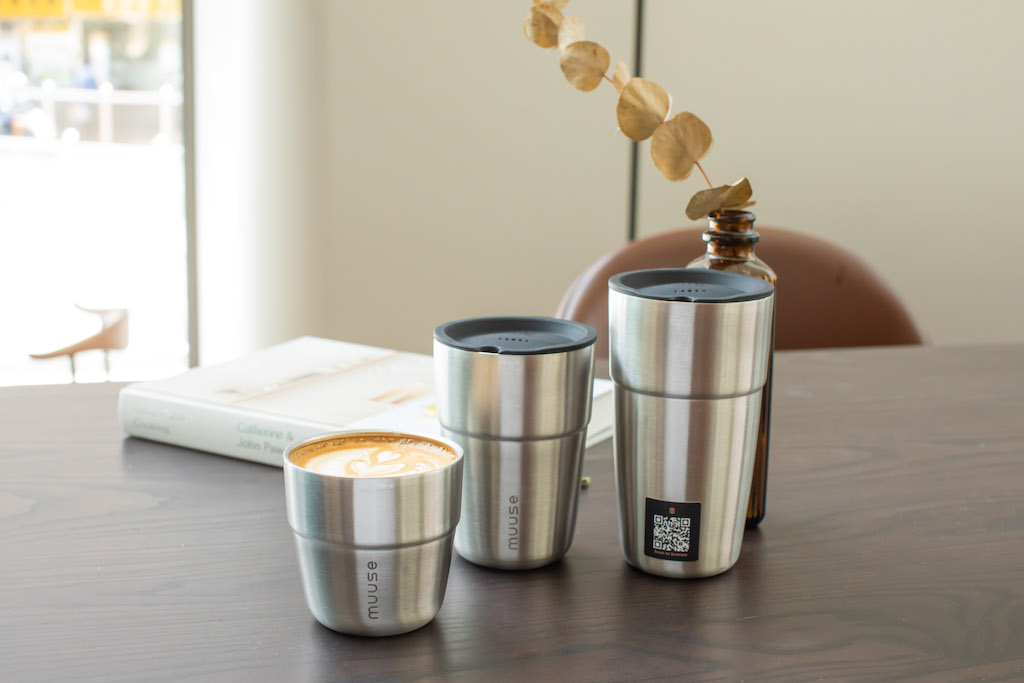
What are your thoughts on how many reuse systems still use plastic- how many times can a reusable plastic lunchbox or cup be used? What about the microplastic residue?
Jonathan Tostevin: We could devote a whole article to this question! We usepPolypropylene plastic and stainless steel as our materials of choice for reusable containers. We judge these materials to be the best when looking together at a range of functionality and sustainability factors.
We use polypropylene plastic for our reusable food boxes because it has a high heat tolerance (which allows us to wash to a high temperature, to carry hot foods and to be microwave-able), it’s durable (so it doesn’t break and can be reused many times over), it’s stackable items (taking up less space in space-constrained cafes & restaurants), it is lightweight (better for transport and our carbon footprint) and it’s ultimately recyclable (we collect back our used containers and recycle in a closed-loop system with our manufacturing partner). Our reusable boxes can be reused over 100 times.
Whilst I know there are concerns about our growing use of plastic, all materials bring different pros and cons from a sustainability perspective. We try to balance these, together with functionality factors, which ultimately means we can reuse more items, reduce more waste, and reduce carbon emissions.
All images courtesy of Muuse – lead photo of Muuse CEO Jonathan Tostevin.


